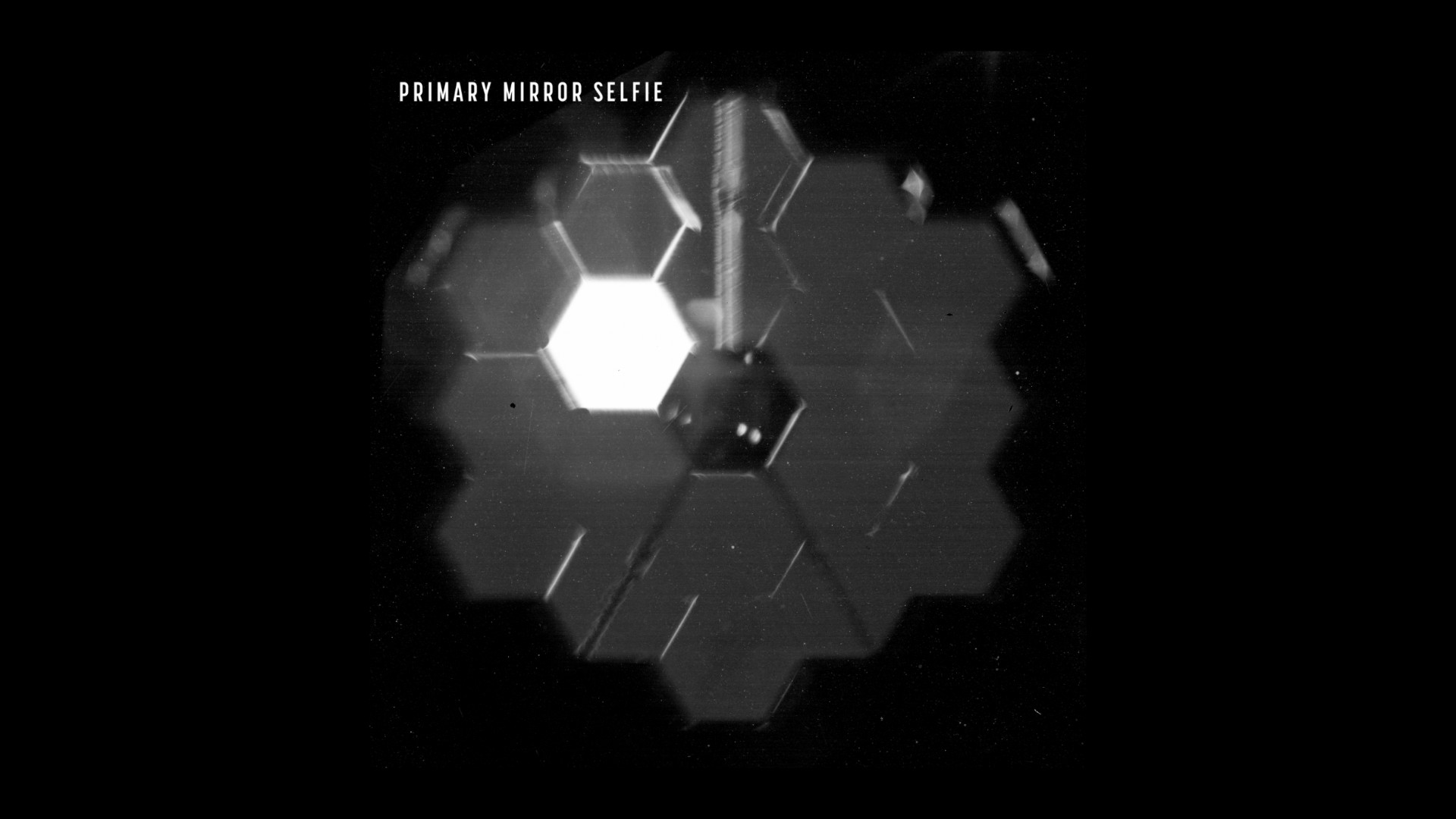Stages 2 and 3 of the alignment of the 18 segments of the James Webb Space Telescope have been successfully completed. Now a star can be captured as a single object, and not 18 different images.
–
This is a great achievement for the development of the James Webb Space Telescope. The NASA just announced that phases 2 and 3 of the process of aligning the segments of the mirror went very well, this February 25, 2022. From now on, the image of a star can be observed as a single object, and not 18 different objects as was the case so far.
- Phase two consisted of segment alignment : it was necessary to make precise adjustments at the level of the mirrors so that the images are sharper. We see it on this gif broadcast on Twitter by NASA: it’s as if the “focus” had been done: the luminosity seems more restricted and less impasto: the image is better drawn.


